Easy Fence Landscaping Ideas: 6 Ways To Perk Up Your Property Line With Lush Landscaping
If you want to brighten up a garden fence, these ideas will provide visual interest and support. Try these easy fence landscaping Ideas for a pretty and private yard
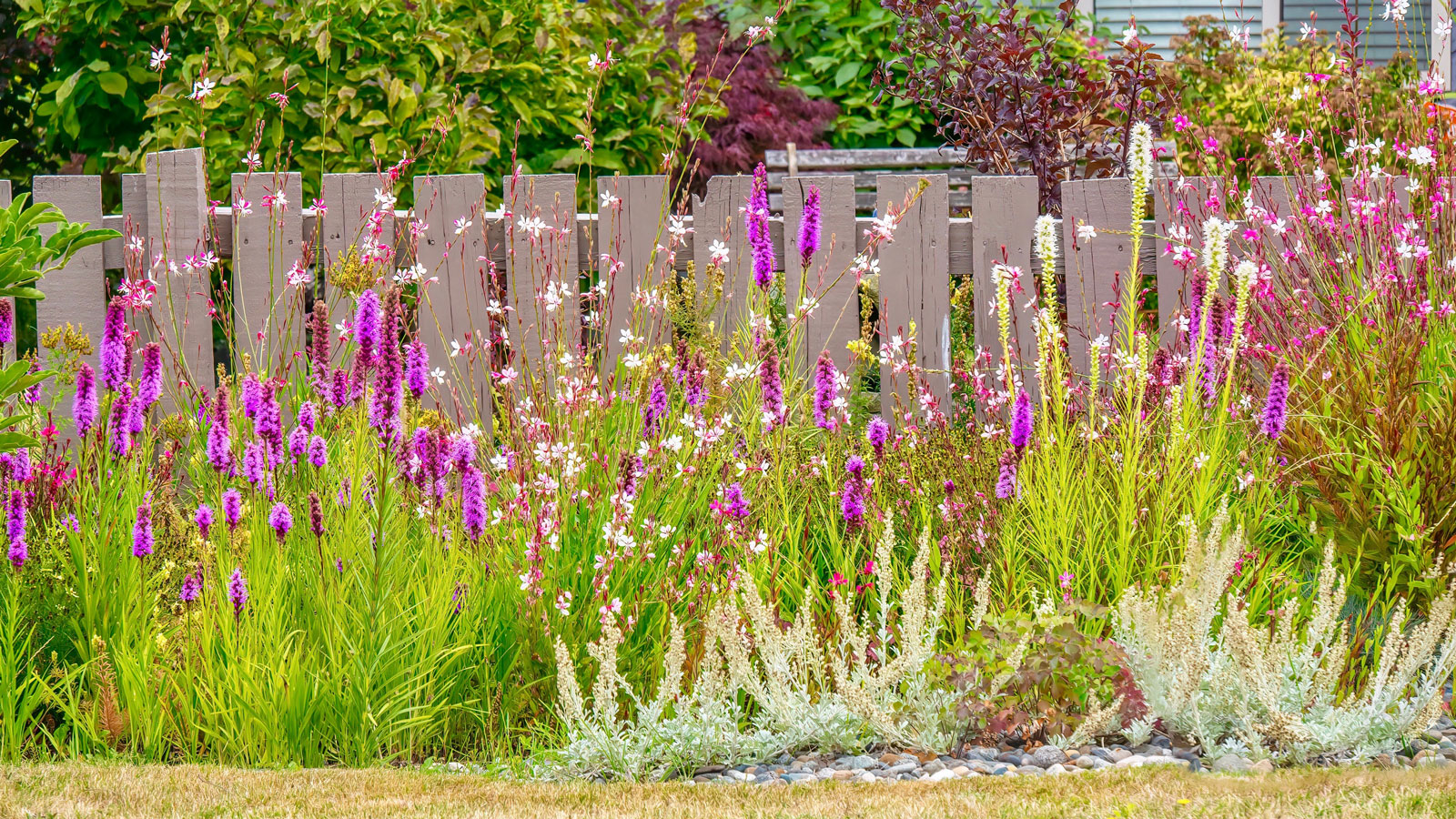
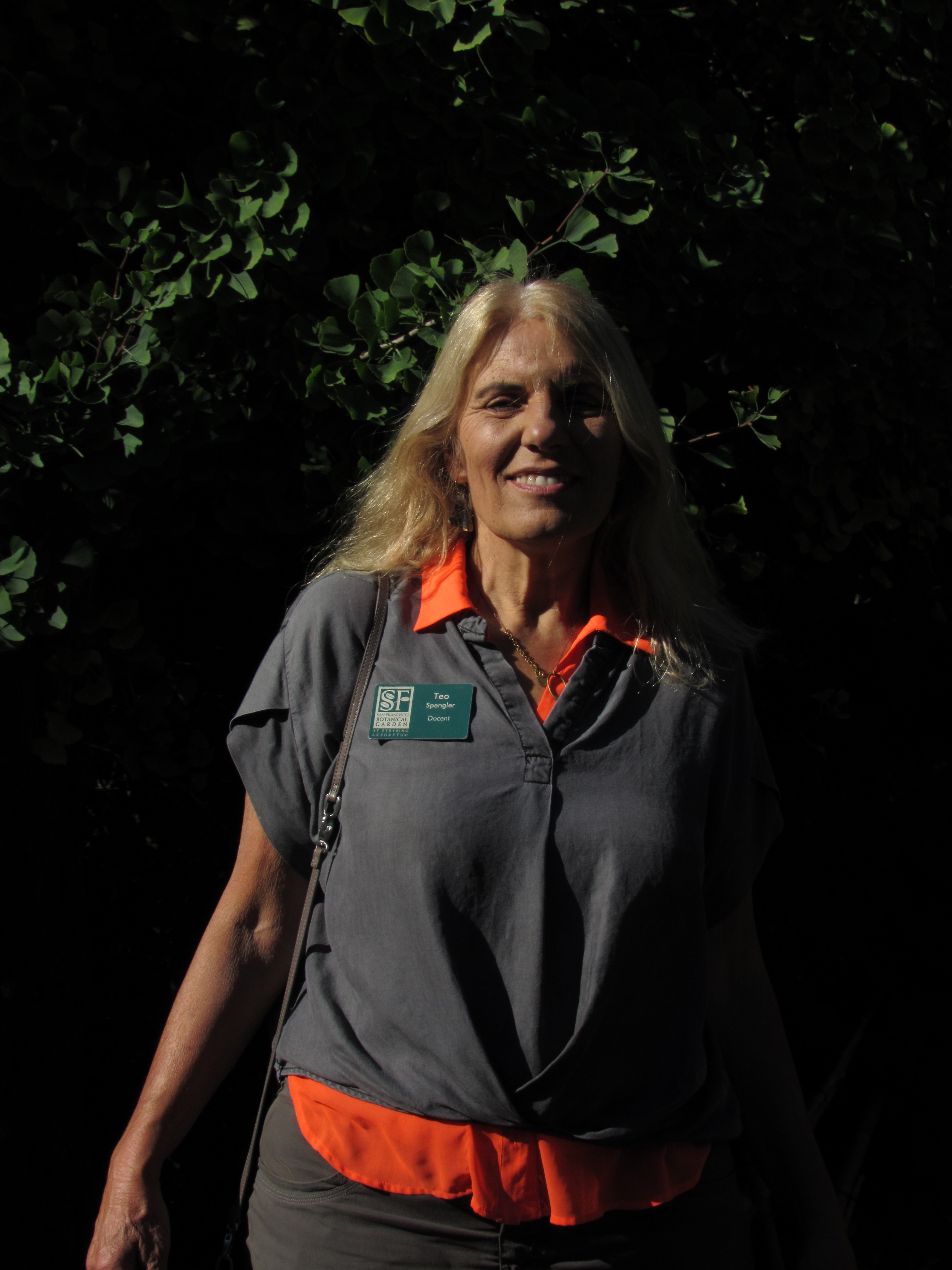
As the old saying goes, good fences make good neighbors. In fact, even homeowners with great neighbors like their privacy – and fencing is key to marking out strong and impactful borders. Fence landscaping ideas can also be a powerful way to add definition and texture. Simple landscaping along the fence line has esthetic and practical benefits, whether you are after imaginative backyard landscaping ideas, quick ways of cultivating a privacy screen, or a relatively cheap garden makeover for your space.
So what are the best plants for fence line planting? Which landscaping additions are likely to make the most impact in the quickest time, and with minimum fuss? We’ve put together a shortlist of easy and exciting fence line landscaping ideas to get you started and add joy and stability to your property line.
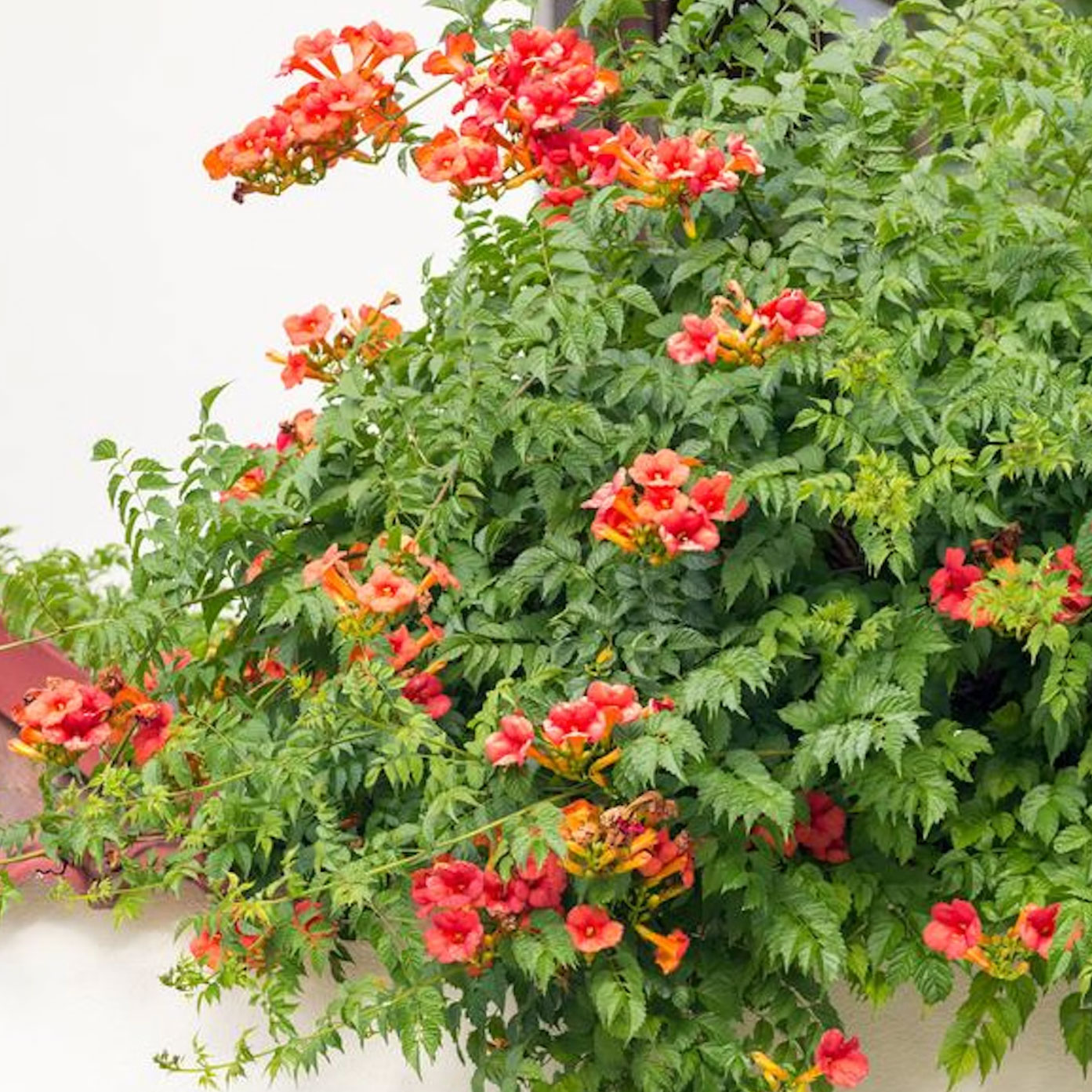
One way to add easy natural beauty to garden edgings is with native shrubs and screens. Visit the GKH shop for native evergreens and flowering shrubs.
1. Create a Flower Shrub Border
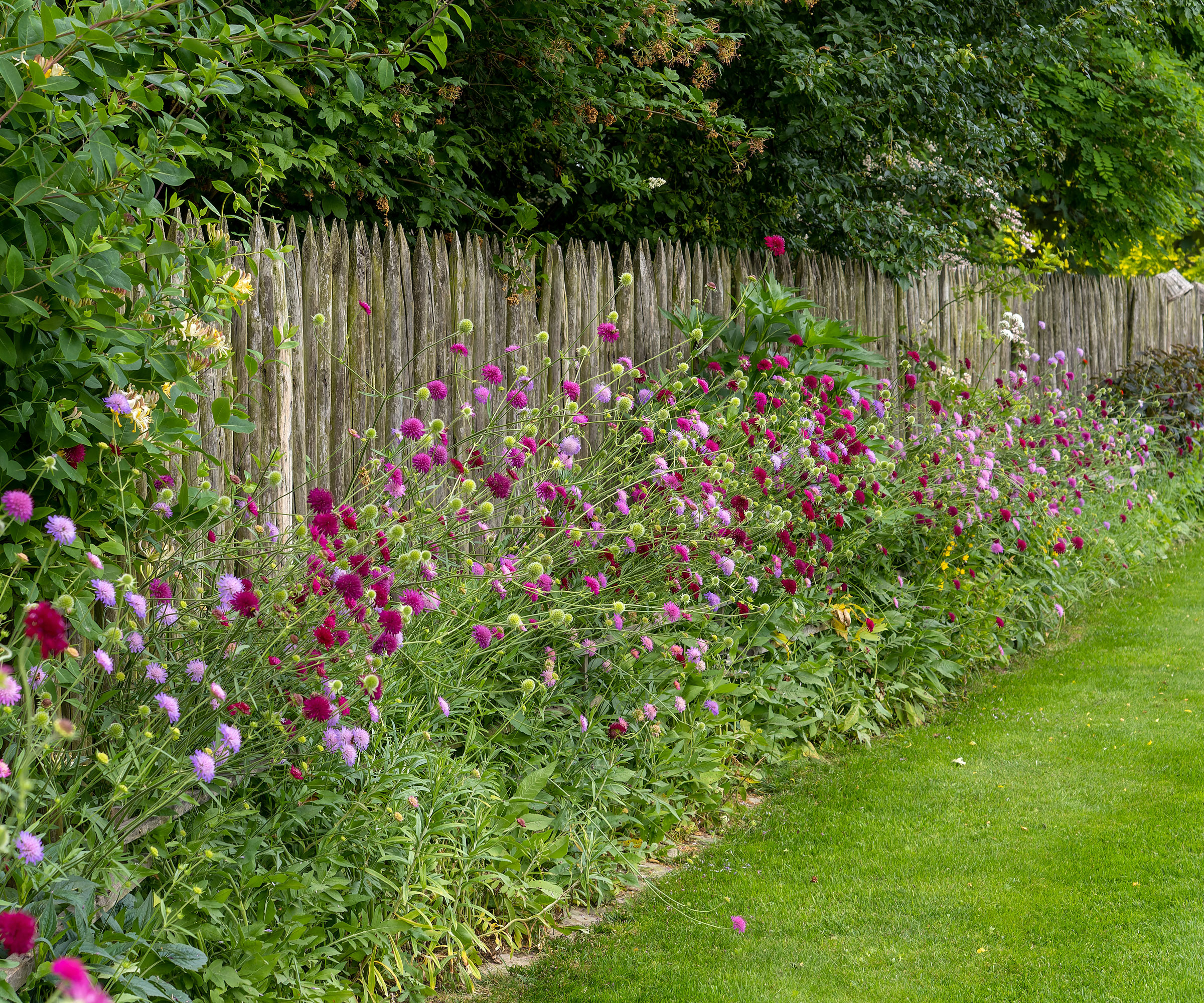
If you’re after a garden edging that packs real visual punch, why not incorporate a bed of shrubs and blossoms against the fence line? Select a sunny spot along the border fence and build a bed of flowers. These can be incorporated into vertical displays with flowering fences, climbing vines and other clambering plants.
It’s impossible to name one best plant to install along your border fencing. Individual selections will depend on climate as well as personal preferences. However, the following shrubs and plants will help add definition and impact as simple fence line landscaping ideas in all kinds of themes and planting spaces.
Big Leaf Hydrangea
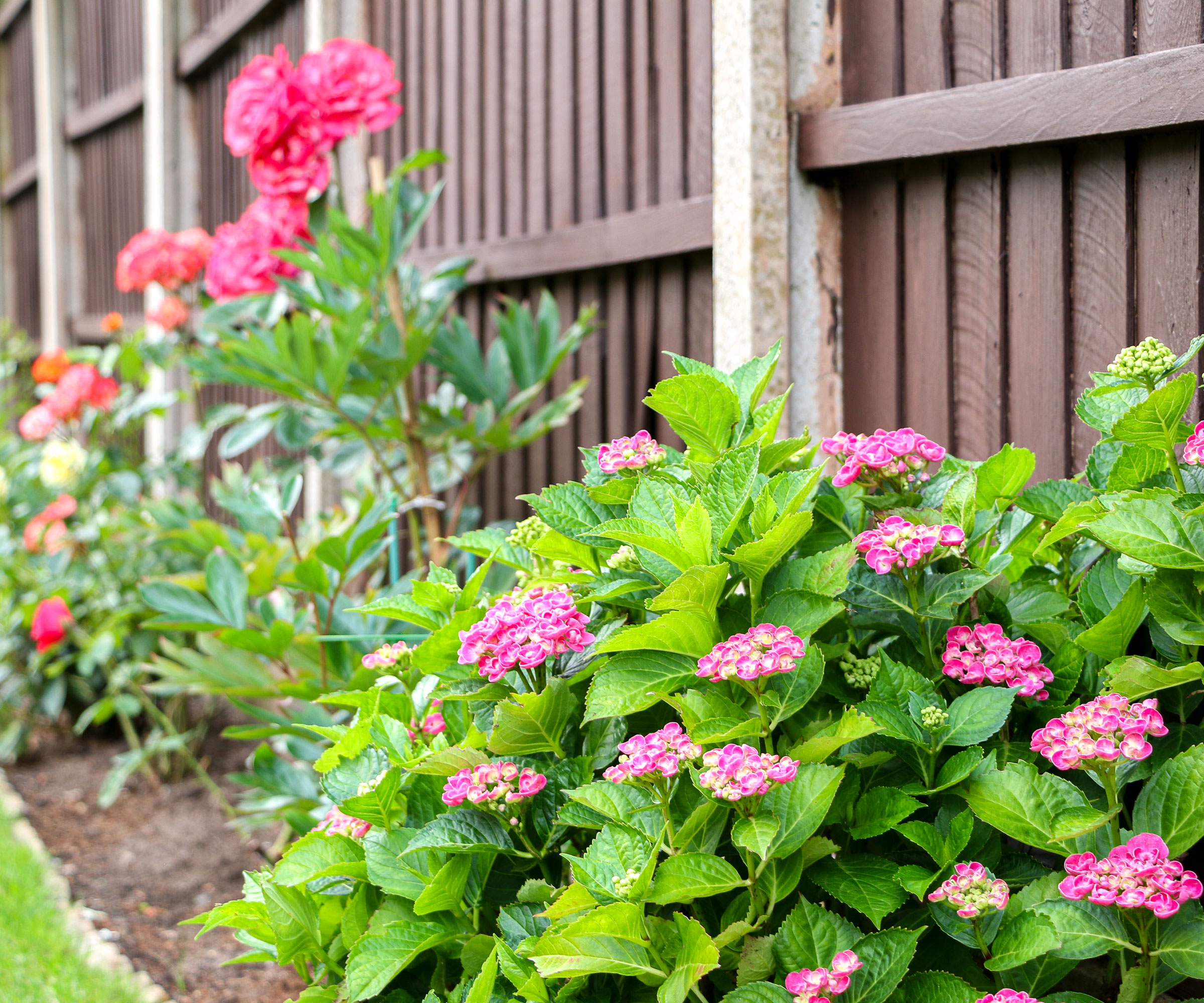
I admit it: hydrangea is one of my very favorite landscape shrubs. Their easy-care ways and generous crop of gorgeous, long-lasting blossoms make them a top landscape selection. I personally love a bigleaf (Hydrangea macrophylla), with its huge, round, grapefruit-size flowers that can be blue or red depending on the acidity of the soil. But there are many gorgeous varieties to choose from, including some that love a full sun location and others that thrive in shade.
Early Spiraea
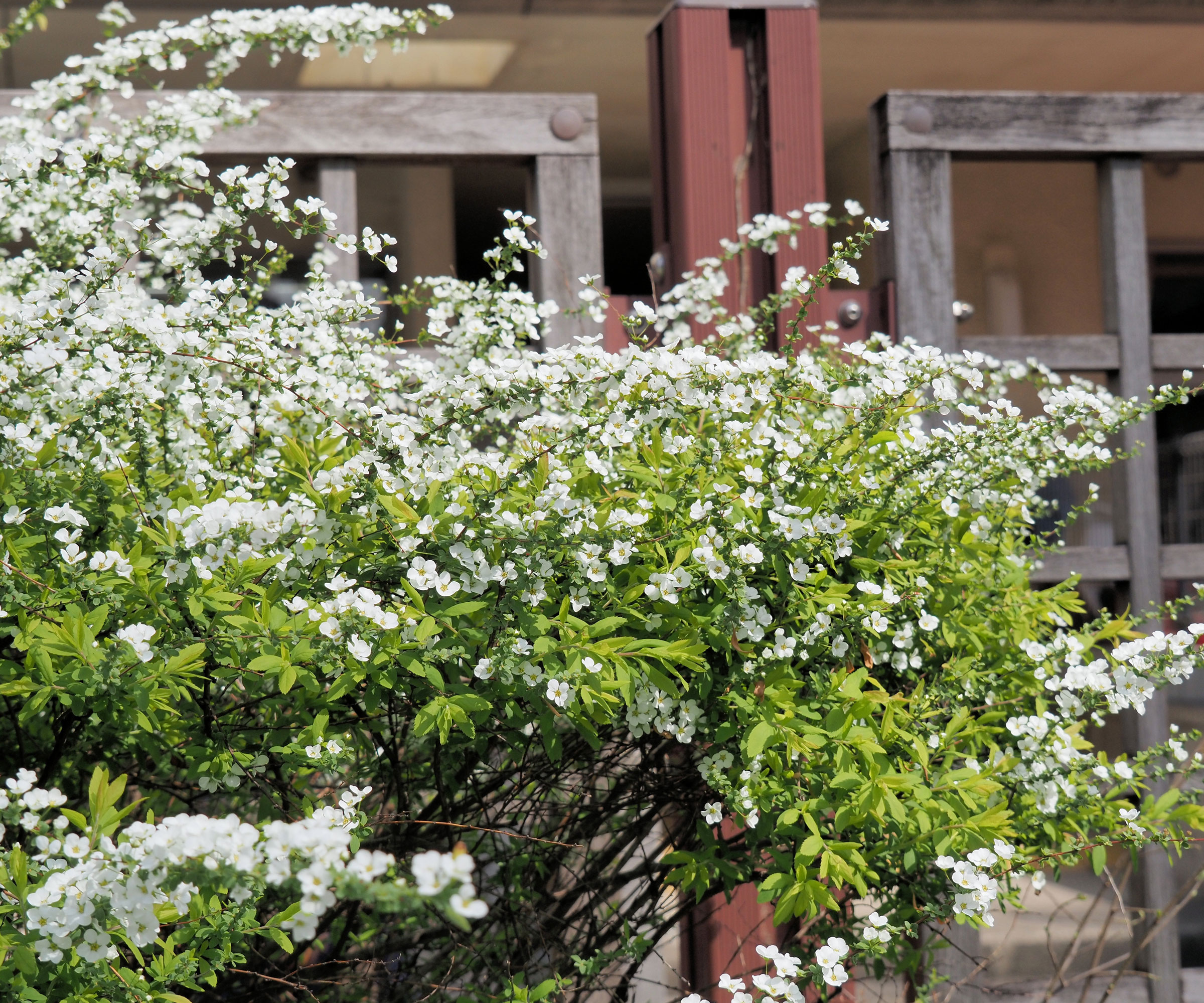
Plants in the Spiraea (Spiraea thunbergii) family are extremely popular landscape plants; easy to grow and easy to maintain. There are hundreds of species and cultivars available. All species of spiraea have lance-shaped leaves and generous clusters of blossoms. I’m particularly fond of a species called early spiraea – it is appealing in spring for its tight flower clusters, then lights up the yard in the fall with its fiery leaf display. Or you could try nectar-rich steeplebush (Spirea tomentosa), available from our Gardening Know How Shop, for a summer-blooming native.
Evergreen Azalea
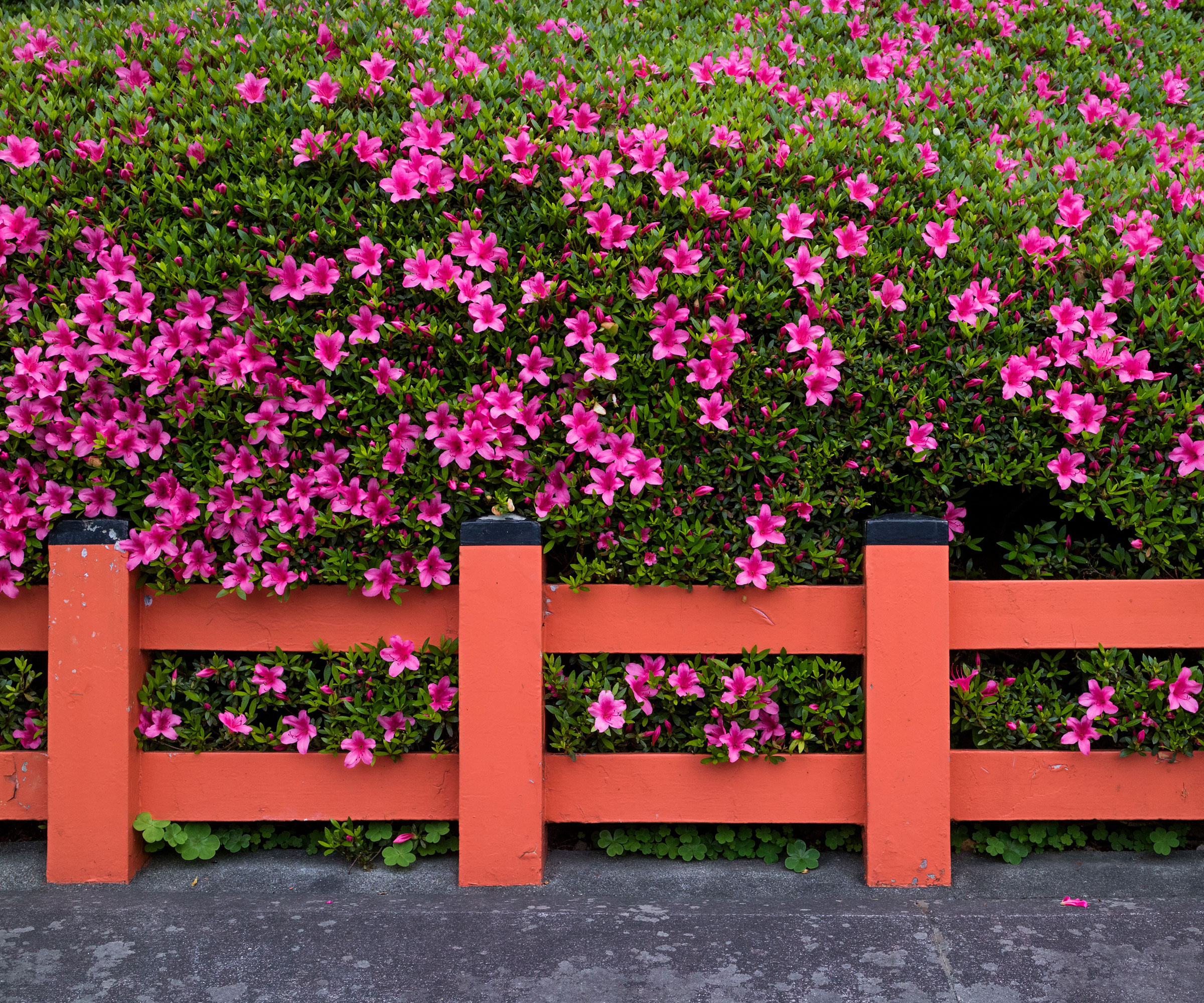
You can find deciduous azalea plants (Rhododendron spp.) in garden stores, but why not choose evergreen azaleas for fence landscaping? These easy-care plants have an extremely long flowering system, blooming from late winter into early fall. There are over a dozen varieties of evergreen azaleas in garden stores, but check out the Indica species with glorious flowers of red, pink, white and purple.
Gardening tips, videos, info and more delivered right to your inbox!
Sign up for the Gardening Know How newsletter today and receive a free copy of our e-book "How to Grow Delicious Tomatoes".
Abelia
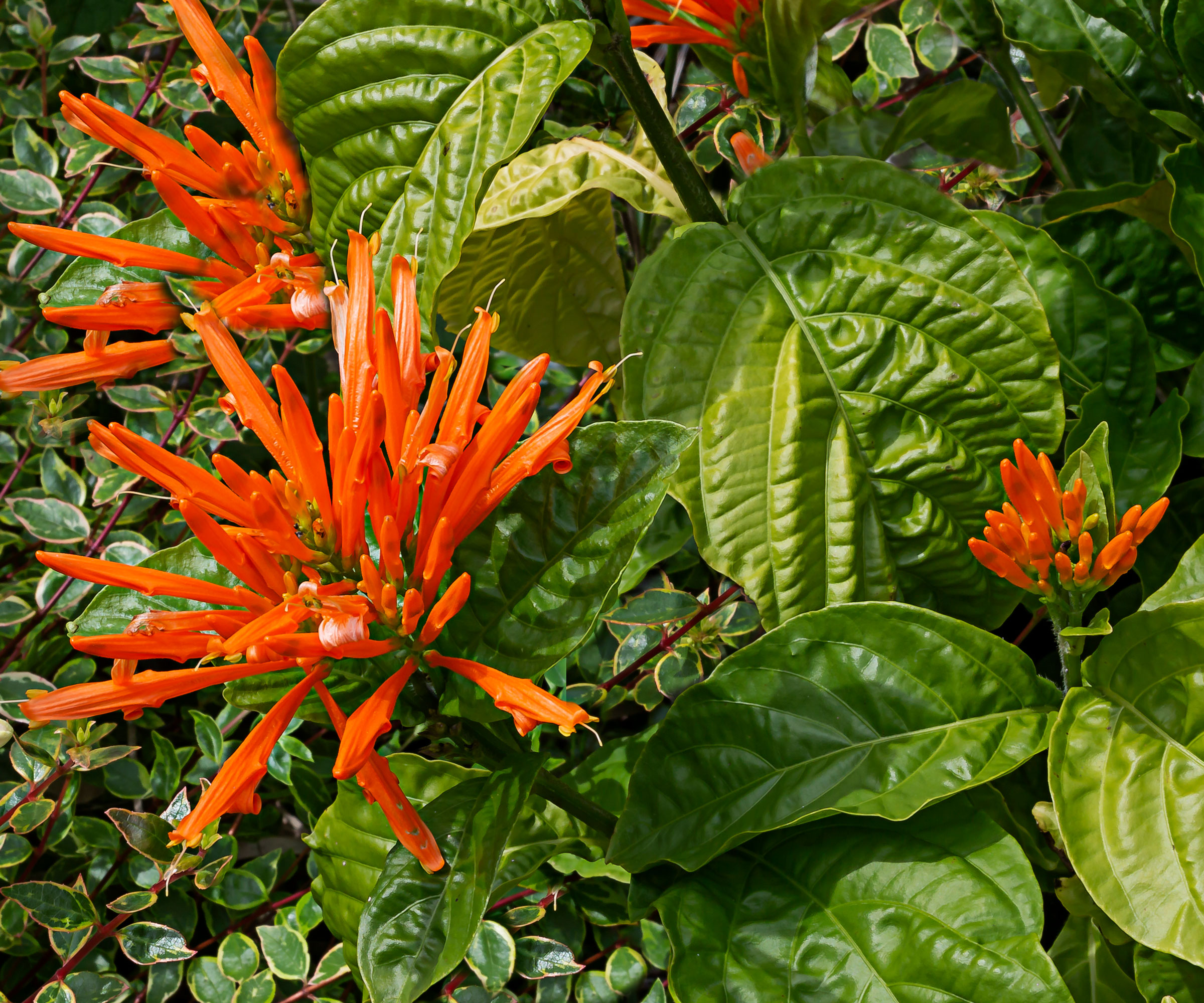
Abelia (Abelia x grandiflora) is a member of the honeysuckle family, so you know its flowers will be lovely. This graceful shrub offers delicate blooms in a dense display to make them excellent hedging plants. There are lots of abelia varieties and everyone has their favorite. For me, it is the popular Grandiflora species that grows to 8 feet (2.6m) tall and is full of white or pink flowers in the growing season. Another cultivar, ‘Kaleidoscope’, has crimson stems and variegated leaves.
Butterfly Bush
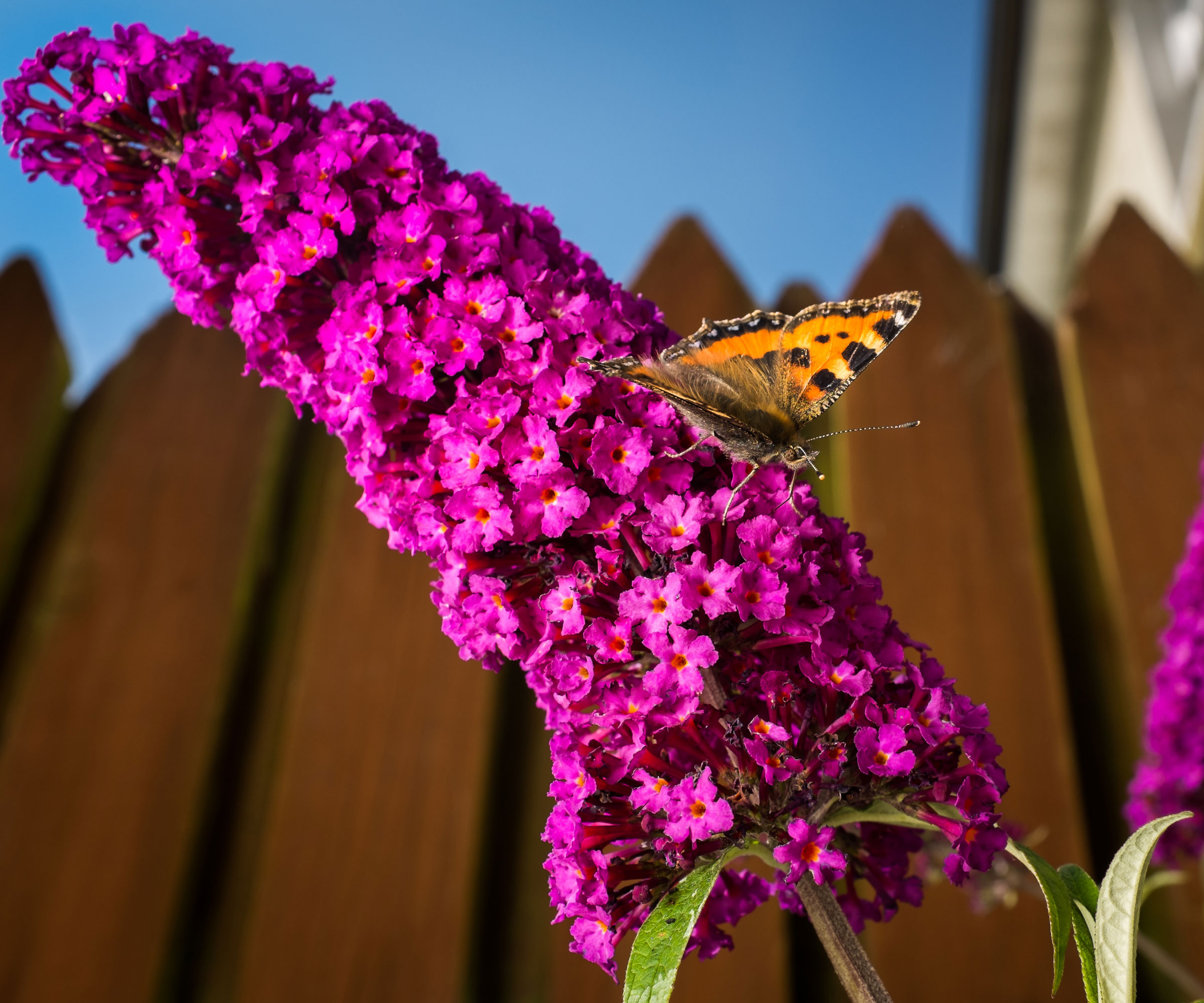
Deciduous in cooler regions and perennial in mild climates, the butterfly bush (Buddleia davidii) produces green foliage on arching branches, and impressive flowering spikes in the growing season. However, butterfly bushes are invasive so bear this in mind if you’re worried about the impact on native plants (some sterile, non-invasive cultivars are available). They are also banned in a few US states like Washington and Oregon.
2. Make a Living Fence
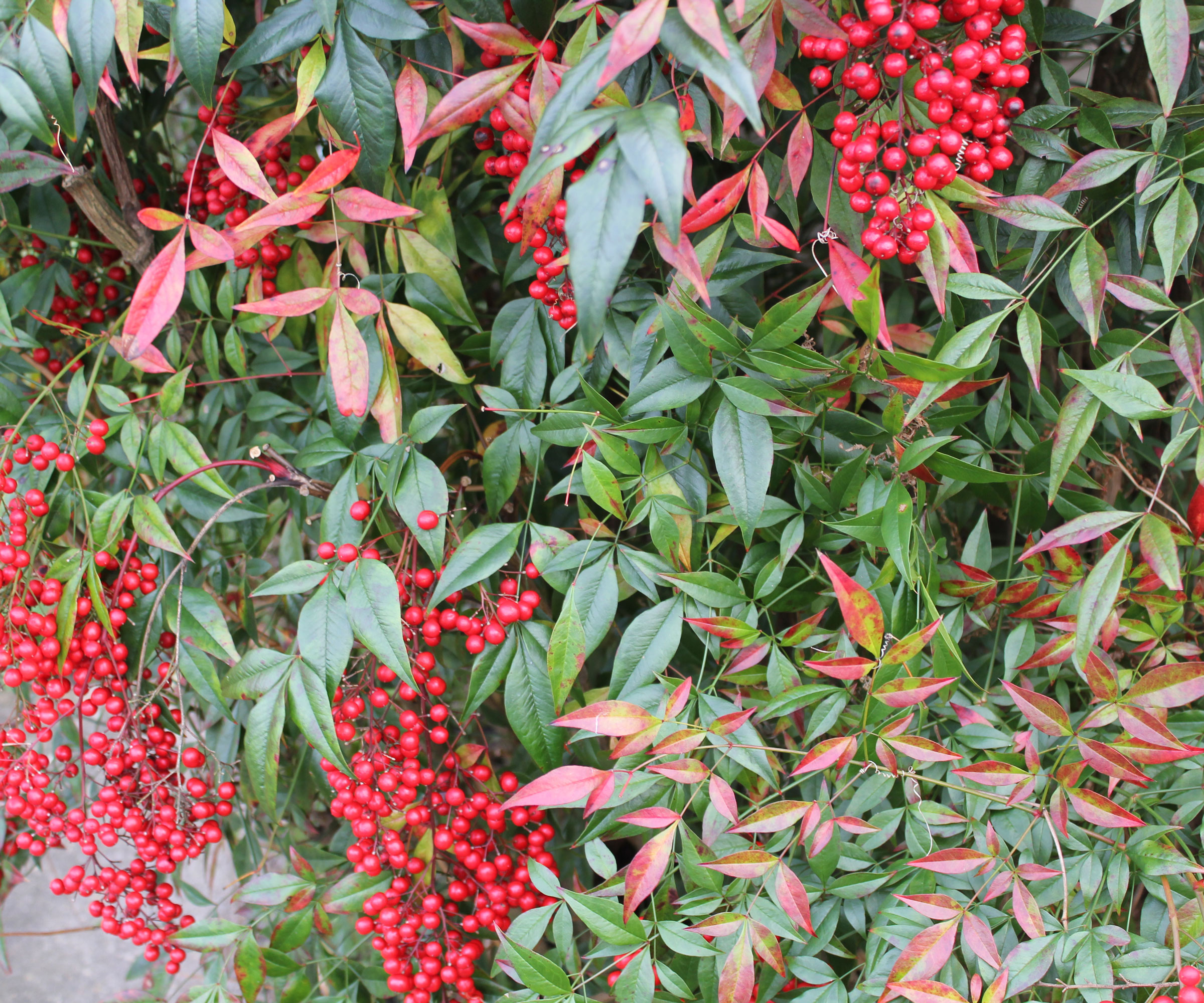
If you don’t have a very big backyard, a tall solid fence can make the area seem confined and blocky. If that’s your case, forget about wood and nails and instead install shrubs. Mixing and matching evergreen and flowering deciduous shrub varieties to create a living fence that changes from season to season.
3. Try Fence Plus Hedging
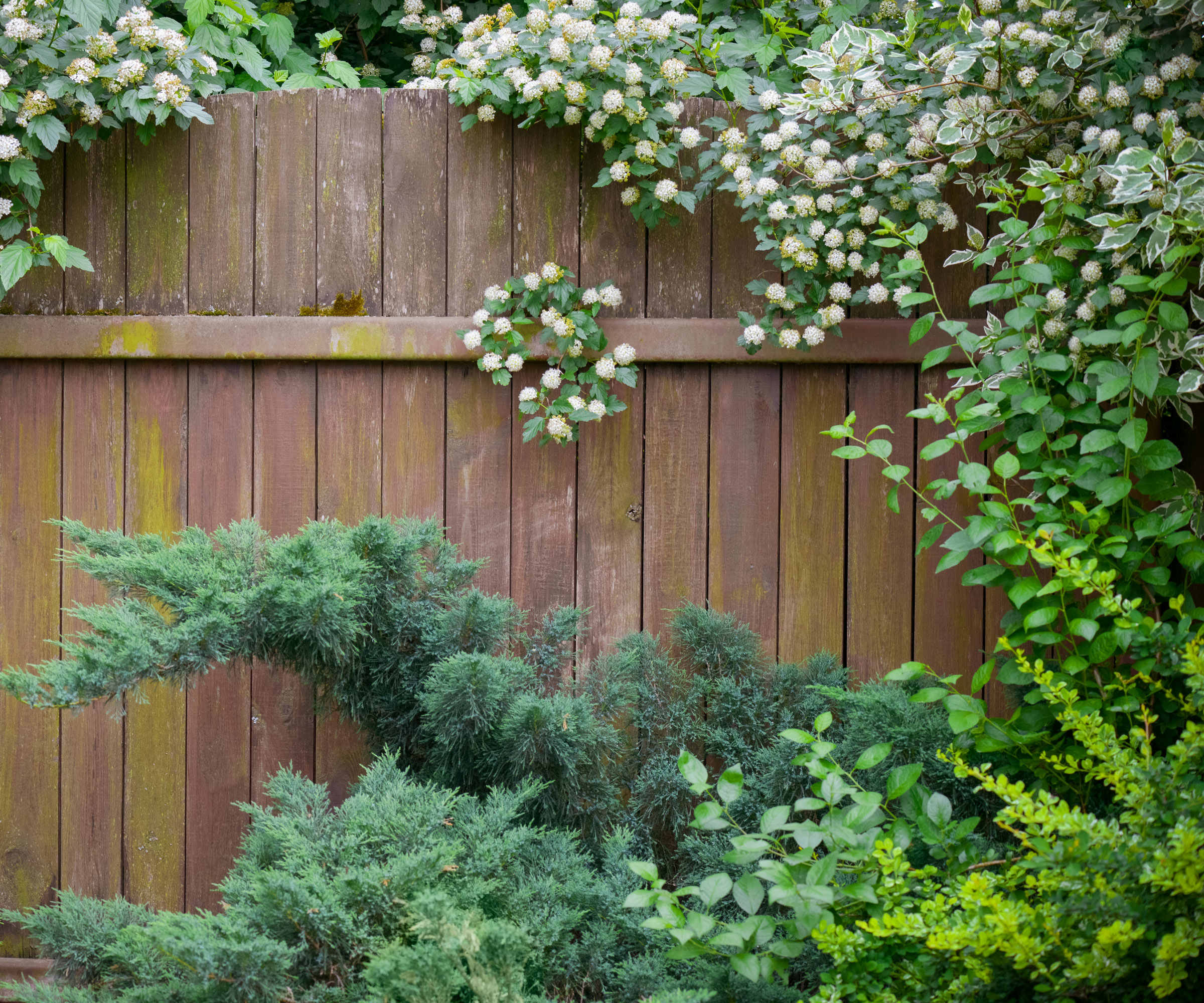
Some homeowners use a hedge instead of a fence, and others choose a fence instead of hedging. It’s particularly nice – and has many advantages – to use both, planting evergreen shrubs along the fencing. While arborvitae is a fast-growing, popular choice, my personal favorite is holly, especially 'Emerald Colonnade', with its pleasing dense foliage.
4. Go for Bird-Friendly Landscaping
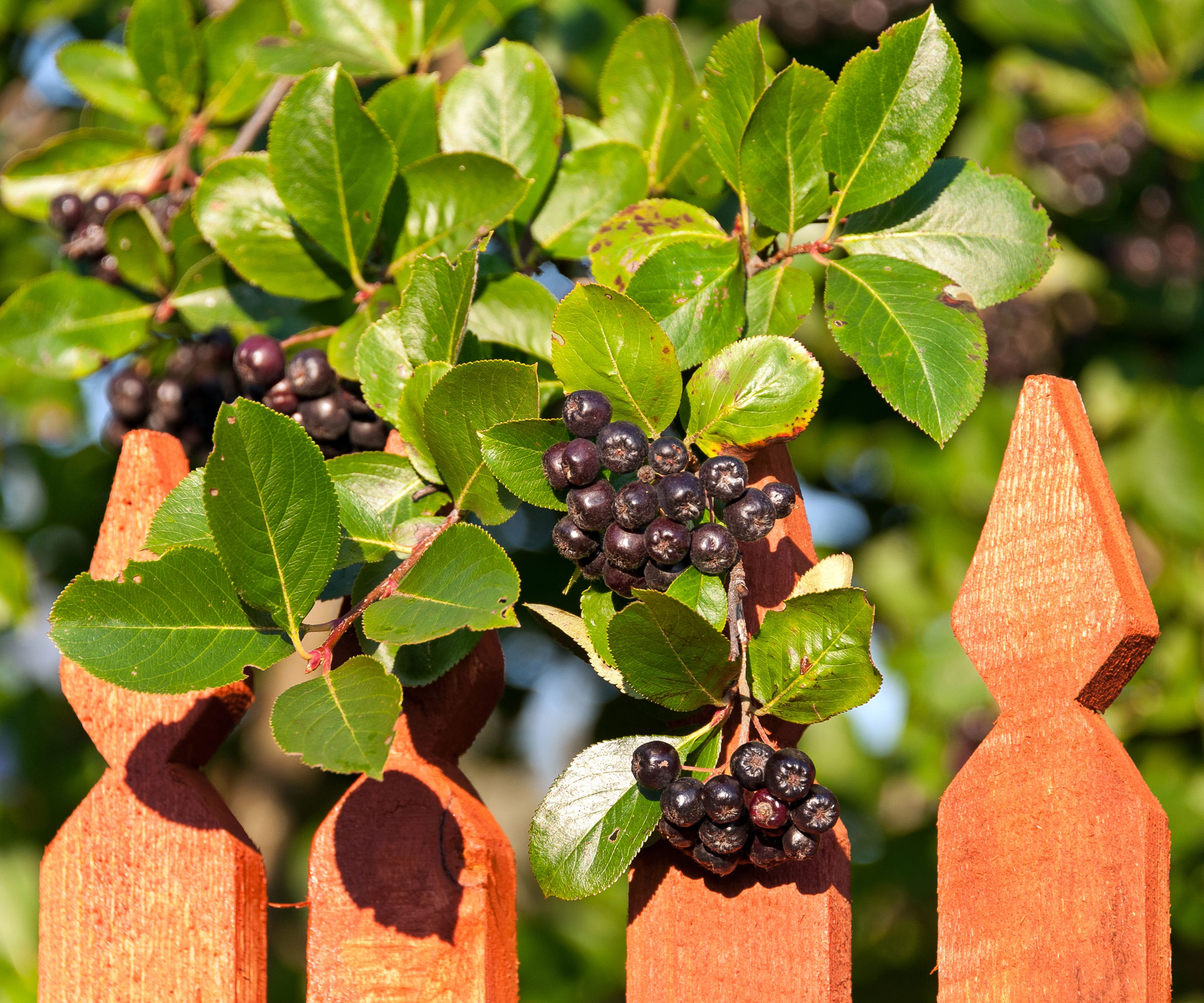
Some homeowners are fans of wild birds in the backyard. If you’re keen on cultivating a joyful bird garden as well as an impactful border, consider putting in landscaping tailored to local wildlife. Pick shrubs and trees that provide tip-top shelter and preferred food to get birds flocking to your yard.
You can choose colorful berry bushes like glossy black chokeberry and Northern bayberry. You can also create a gorgeous berry-rich screen with the structural spicebush, available from the Gardening Know How shop, which is also an early-season treat for bees and butterflies. Just be careful to find out about the wild birds in the area and what they need before you start choosing plants.
5. Try Fencing with Shelving
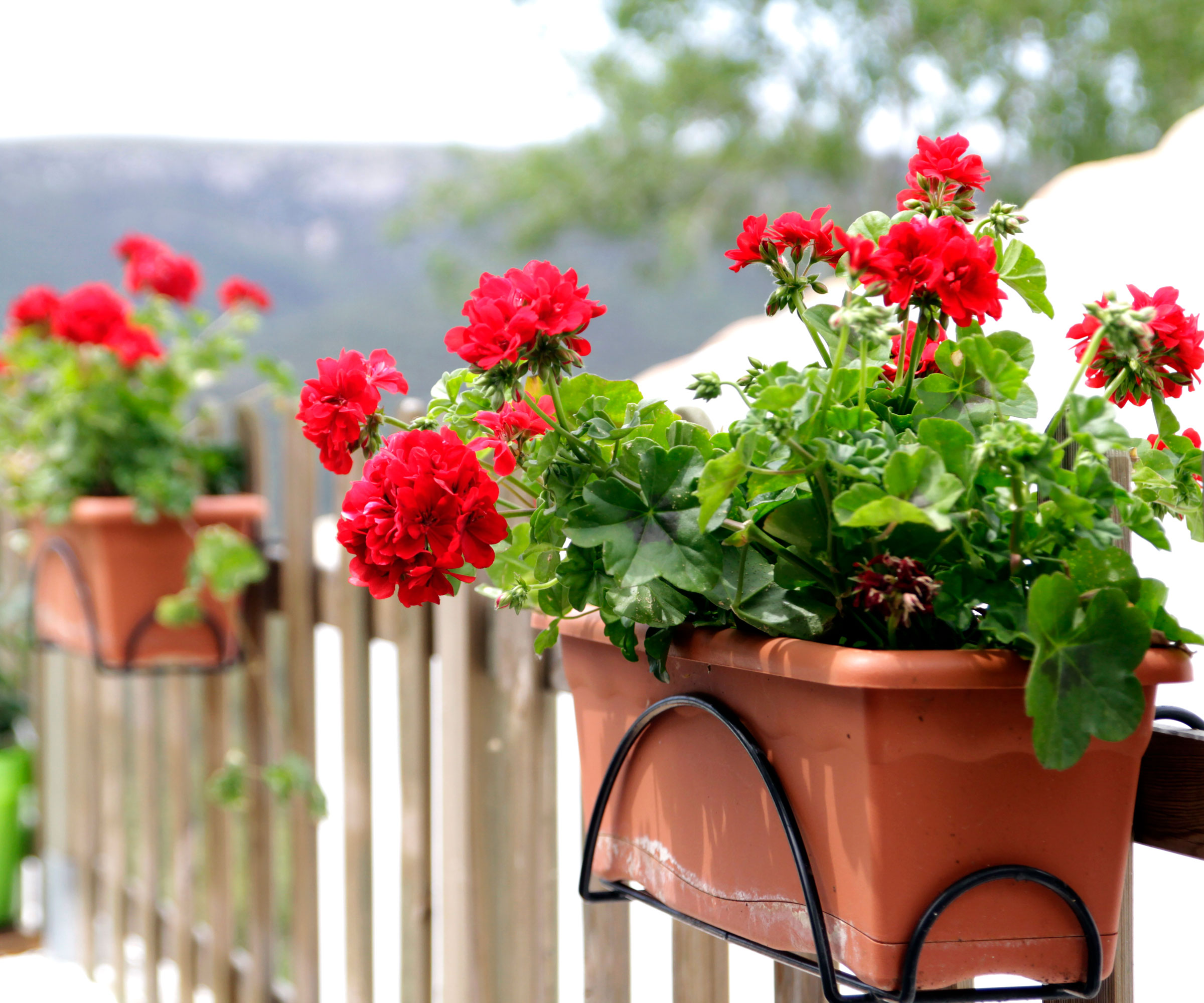
If you are a container gardening fan, you can incorporate shelving or pegs in your fencing. Try hanging baskets of flowering plants, and suspend them along the fence or sit overflowing pots on the shelves. This landscaping idea allows you to switch out the plants to make sure something bright and blooming is always present.
Other Great Landscaping and Hardscaping Ideas
- Looking for ways to make your garden look centuries older without having to bend time? Try these friendly hardscaping ideas to make a garden look old – fast.
- Keen to fill your yard with undemanding evergreens for easy texture and visual interest? Our selection of low maintenance evergreen shrubs look great year round.
- Stuck for landscaping ideas and craving the most up-to-date thematic makeovers? Our guide to key garden trends is sure to inspire your landscaping journey this year.
- If you’re keen to enhance fences and walls, make sure beds and borders are filled with easy color. These small flower bed ideas go big on impact.
This article features products available from third party vendors on the Gardening Know How Shop.

Teo Spengler is a master gardener and a docent at the San Francisco Botanical Garden, where she hosts public tours. She has studied horticulture and written about nature, trees, plants, and gardening for more than two decades. Her extended family includes some 30 houseplants and hundreds of outdoor plants, including 250 trees, which are her main passion. Spengler currently splits her life between San Francisco and the French Basque Country, though she was raised in Alaska, giving her experience of gardening in a range of climates.
-
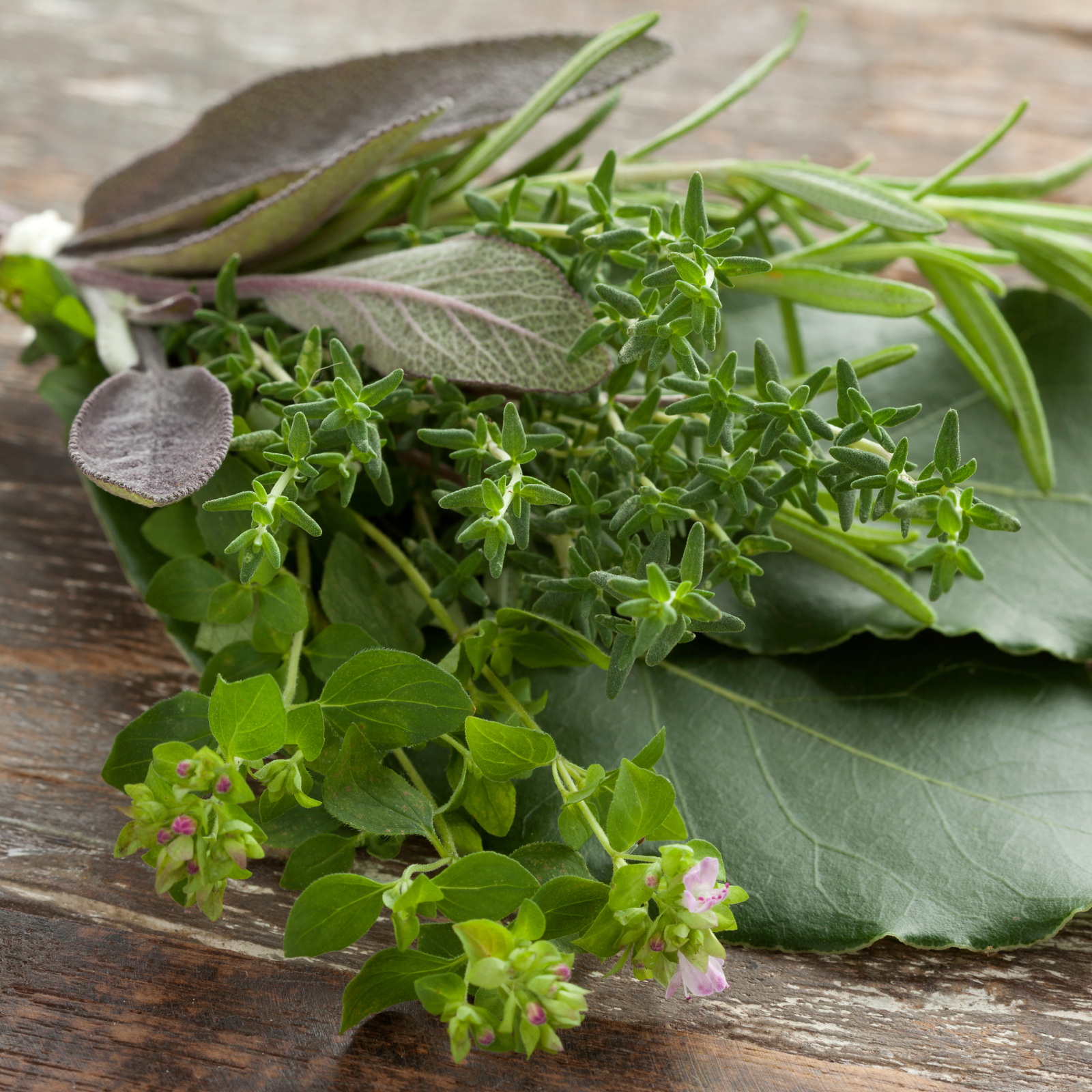 How To Make A Bouquet Garni Or Herb Bundle For Cooking
How To Make A Bouquet Garni Or Herb Bundle For CookingIf you’re a great cook, you may have made an herb bundle before. If this is a new idea, learn how to add sparkle and interest to your dish with a bouquet garni.
By Amy Grant
-
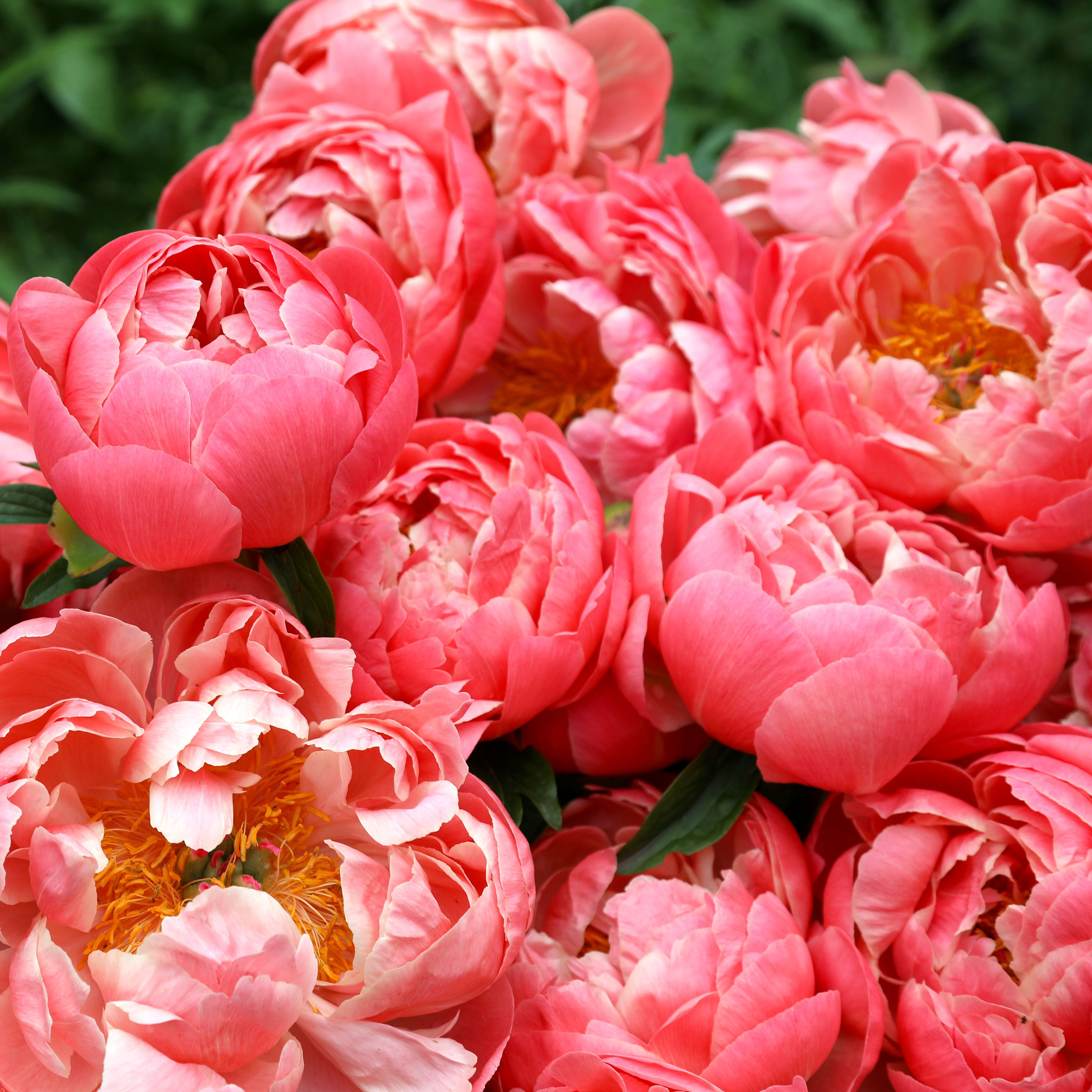 ‘Coral Charm’ Peony Care For Sublime Semi-Double Peonies With Lush Salmon Pink Flowers
‘Coral Charm’ Peony Care For Sublime Semi-Double Peonies With Lush Salmon Pink FlowersPeonies are known for their soft baby pink or magenta tones, but if plushy coral blooms are your thing, here’s our guide to the ultimate ‘Coral Charm’ peony care
By Tonya Barnett
-
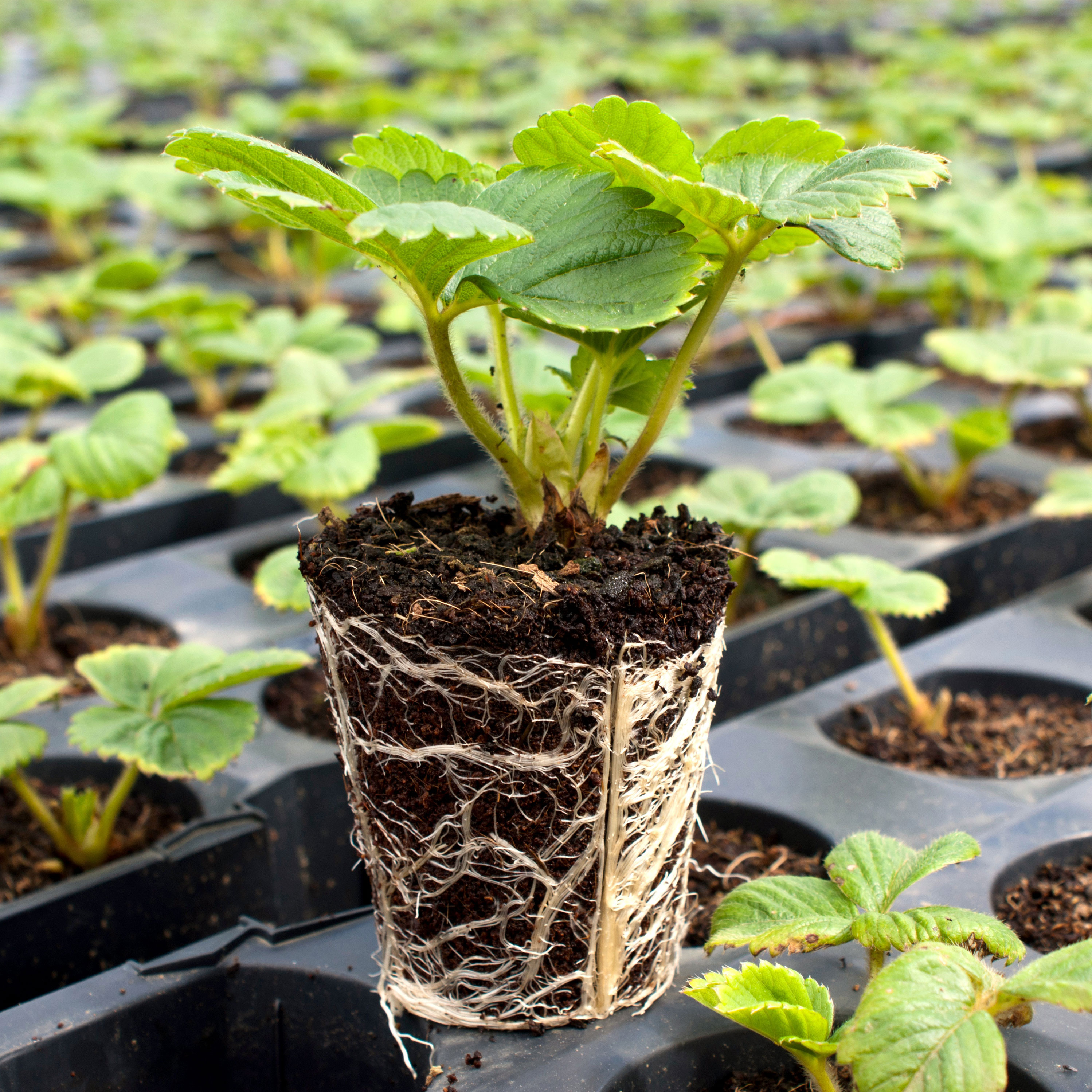 Why Choose Plugs For Plants? 3 Benefits Of Using Plug Plants For Beds, Baskets And Edibles
Why Choose Plugs For Plants? 3 Benefits Of Using Plug Plants For Beds, Baskets And EdiblesEver thought of growing plugs for plants and wondered whether it was worth it? We reveal the key reasons why they can help you with your growing ambitions this year
By Tonya Barnett
-
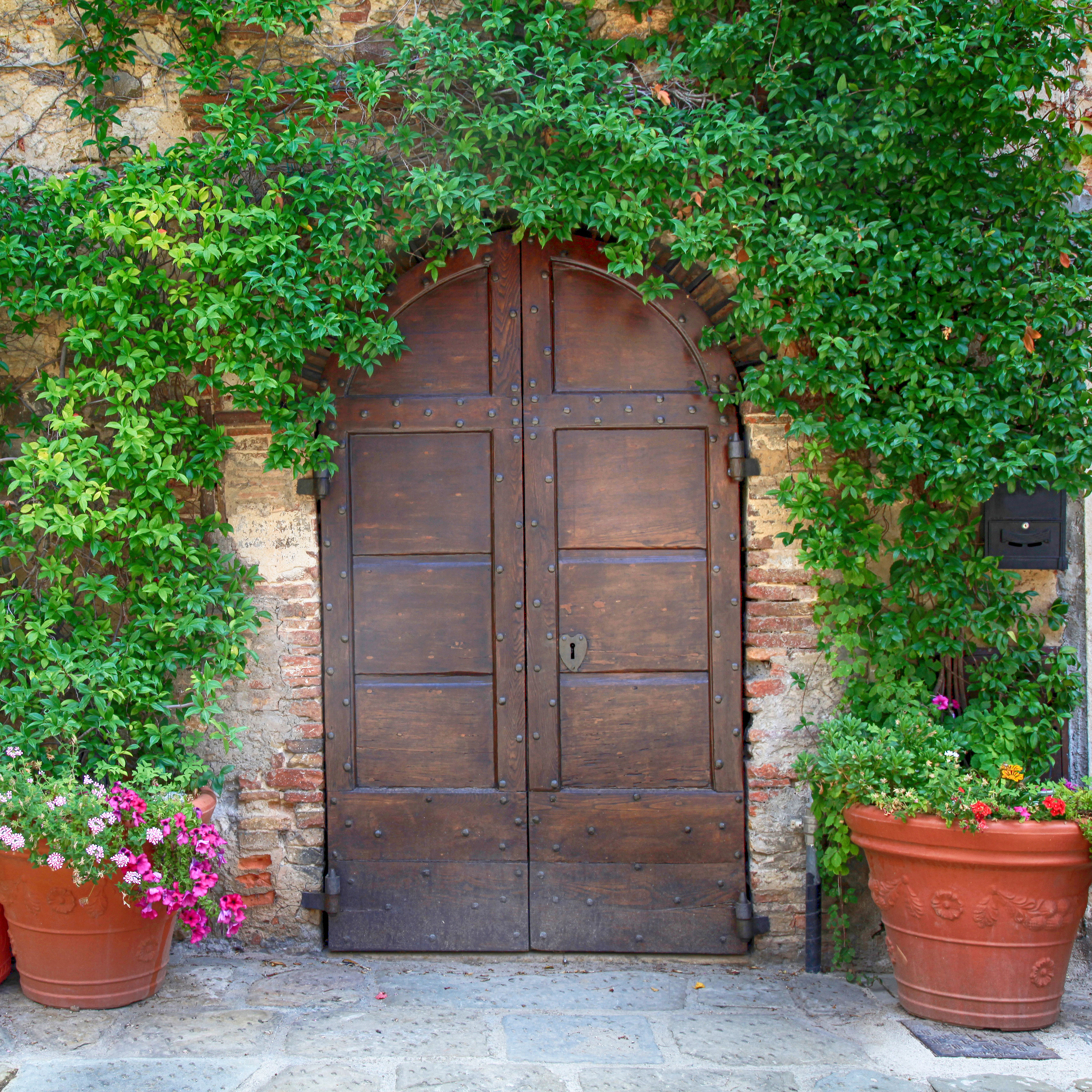 Hardscaping Ideas To Make A Garden Look Old: 5 Ways To Make Your Yard Look Centuries Older
Hardscaping Ideas To Make A Garden Look Old: 5 Ways To Make Your Yard Look Centuries OlderThere are a few ways to make a garden look lived in, but some planting ideas can take time – here, we round up key hardscaping ideas to make a garden look old
By Mary Ellen Ellis
-
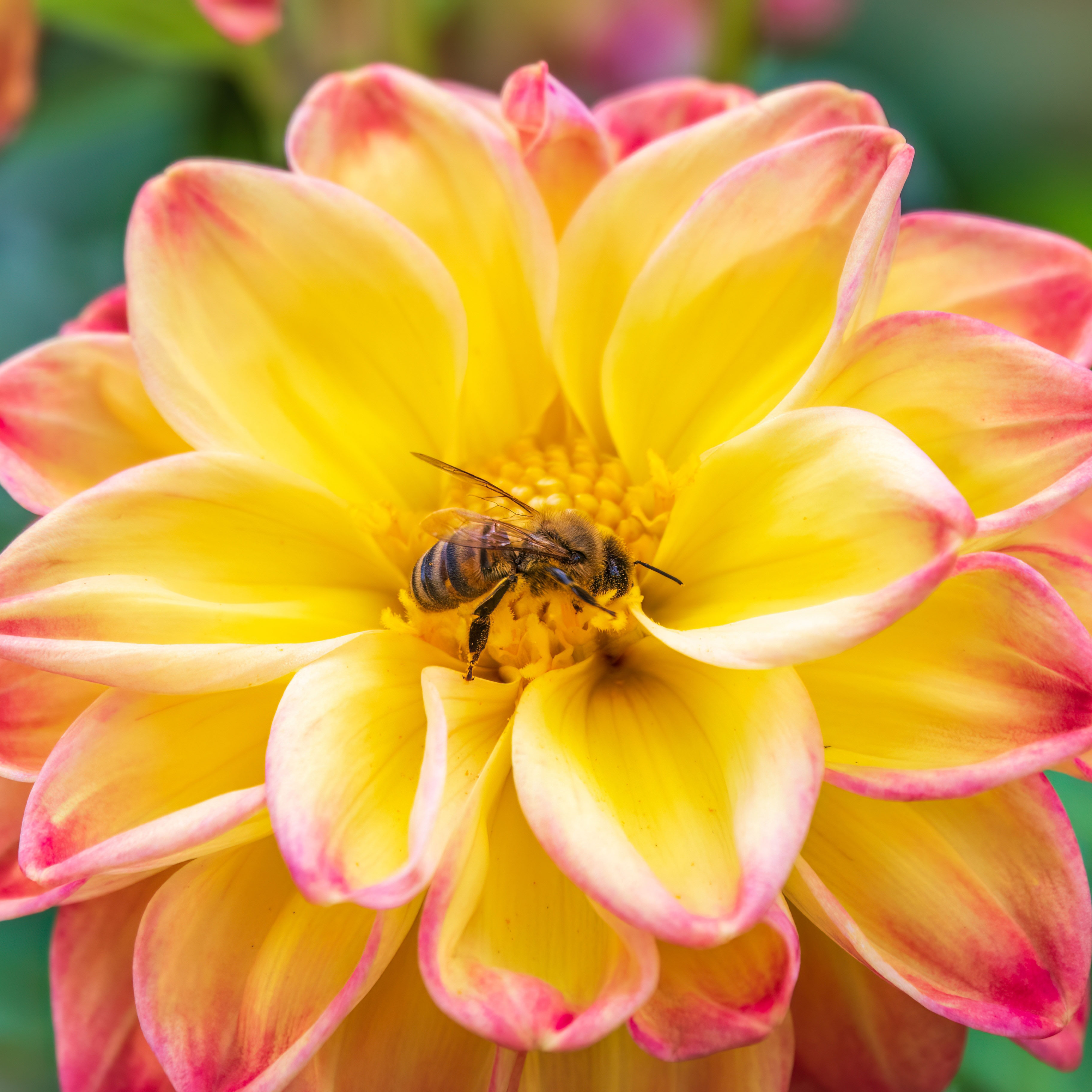 Attract More Pollinators: 8 Best Nectar-Producing Plants For Honey Bees And Other Pollinators
Attract More Pollinators: 8 Best Nectar-Producing Plants For Honey Bees And Other PollinatorsWant to know the core plants you can grow to add beauty while helping beneficial garden friends? Discover the best nectar-producing plants for honey bees and other pollinators
By Tonya Barnett
-
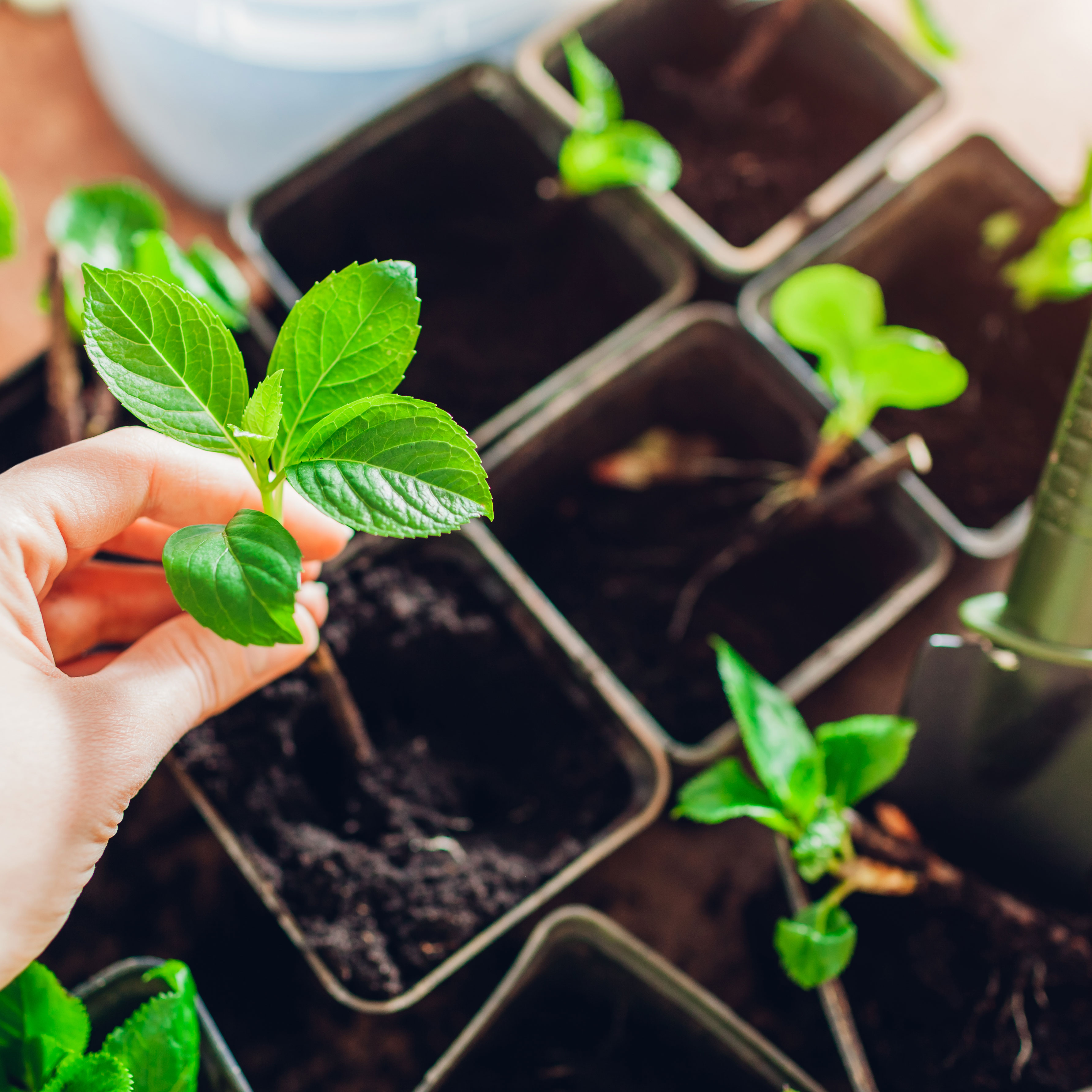 Plants To Propagate In Winter: 6 Of The Best Options For Cultivating Winter Cuttings
Plants To Propagate In Winter: 6 Of The Best Options For Cultivating Winter CuttingsWe usually associate propagation with spring, but there are a few plants you can grow from cuttings in cold months. We round up the best plants to propagate in winter
By Mary Ellen Ellis
-
 Make This Your Year In The Garden: New Year Resolution Ideas To Enhance Your Gardening
Make This Your Year In The Garden: New Year Resolution Ideas To Enhance Your GardeningGet a jump on your gardening projects now so you can reap the rewards year round! Crack open your planner, grab a hot drink, and peruse these key New Year resolution ideas
By Janey Goulding
-
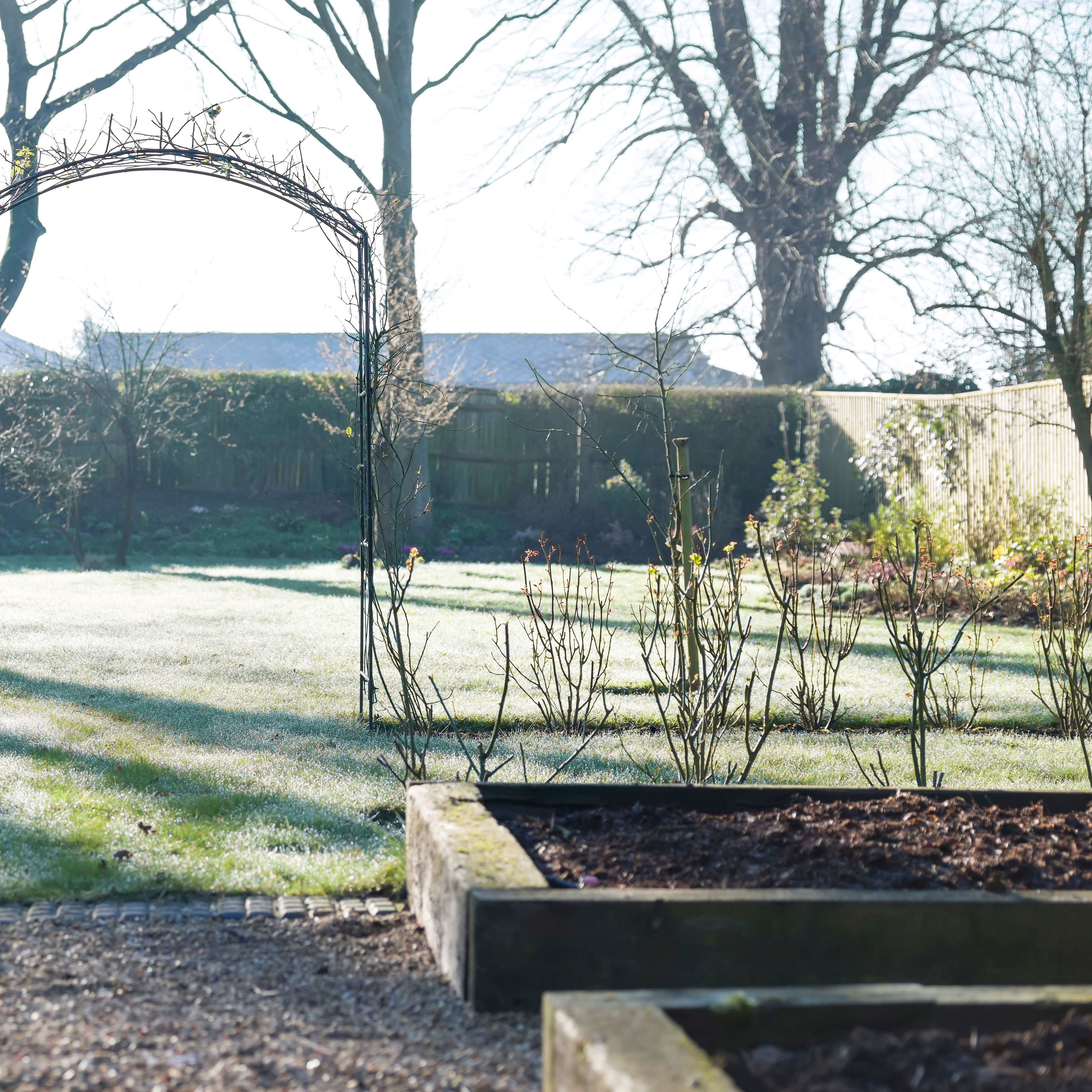 Winterizing Raised Beds: How To Protect Your Raised Bed Gardens In Winter
Winterizing Raised Beds: How To Protect Your Raised Bed Gardens In WinterKeeping raised beds protected in winter will ensure that you can hit the ground running in spring. Our guide to winterizing raised beds will help you get ready
By Mary Ellen Ellis
-
 Get Gardening For Better Sleep: Why Gardens And Plants Can Give You Happier Bedtimes
Get Gardening For Better Sleep: Why Gardens And Plants Can Give You Happier BedtimesWe all know gardening is intrinsically linked to a ‘feel good’ factor – have you ever wondered why it helps with rest? Here’s the thinking behind gardening for better sleep…
By Mary Ellen Ellis
-
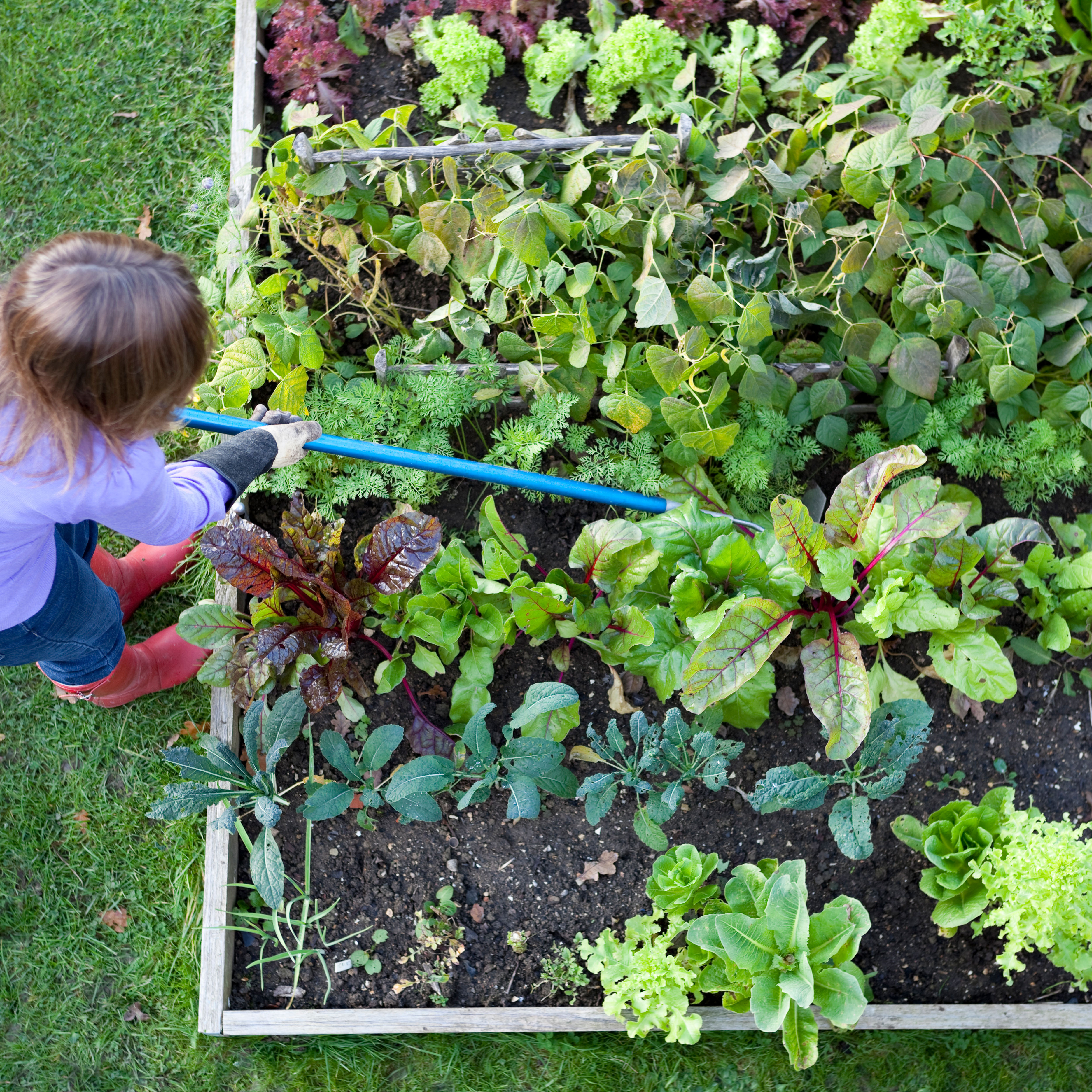 Act Now For Garden Pest Prevention Next Year: Tips For A Problem-Free Garden Next Spring
Act Now For Garden Pest Prevention Next Year: Tips For A Problem-Free Garden Next SpringIt’s never too soon to be thinking about ways to tackle next year’s pests! Here are the golden rules for garden pest prevention that you can follow right now
By Teo Spengler